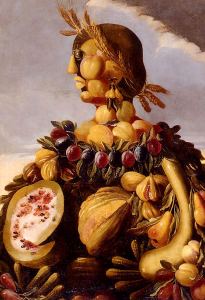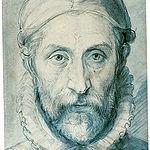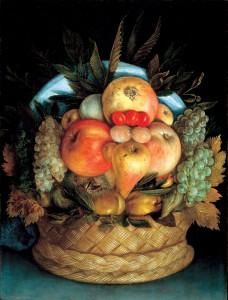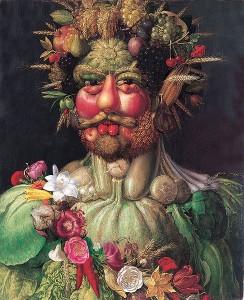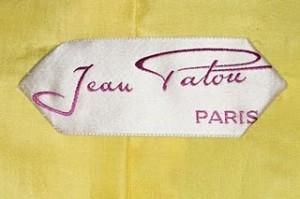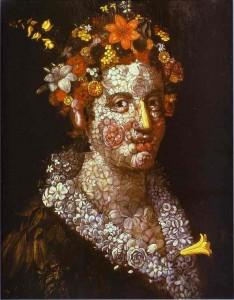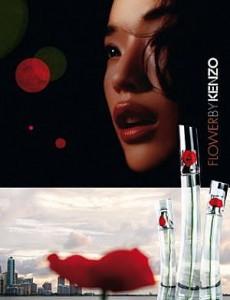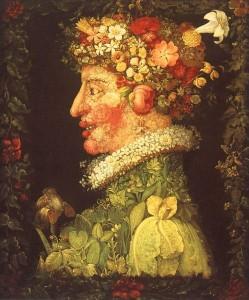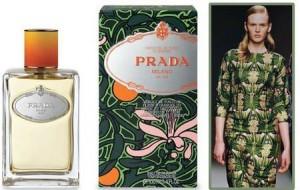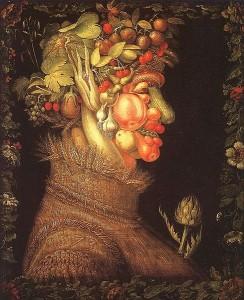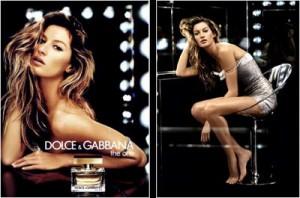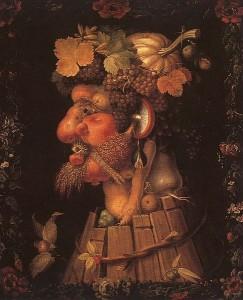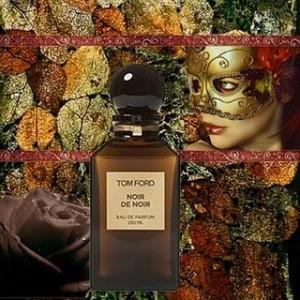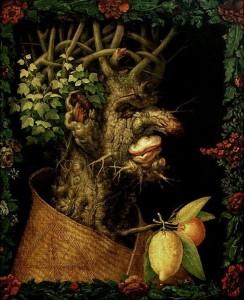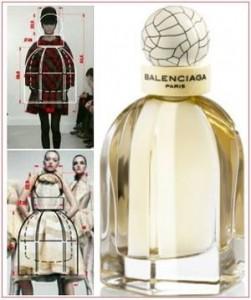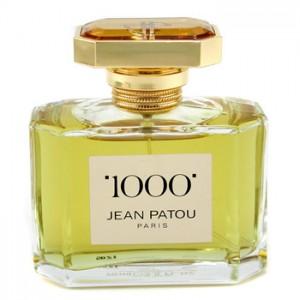A first glance one will look at a painting by Giuseppe Arcimboldo and see a typical aristocrat of the Renaissance. Then immediately there is a double take when one realizes that…wait, the nose is actually…what, a piece of fruit? Suddenly, one is surprised then maybe bemused…or repulsed? The composite heads of Arcimboldo are a fascinating study in contrast with the precision of each flower or fruit within the more abstract interpretation of the subject as a whole. Clearly, this artist was way before his time!
Giuseppe Arcimboldo was born in
As a perfumista, however, I am drawn to the parallel that the composite paintings create a new whole, greater than the sum of its parts, much in the same manner that a fragrance is a whole, greater than the sum of its parts. In that respect, what fragrance might each painting represent?
The Painting: Rudolph II as Vertumnus (1590)
This painting depicts Arcimboldo’s late patron Rudolph II, Emperor of the
The Fragrance: Jean Patou 1000 (1972)
Just as the painting of Emperor Rudolph suggests the cornucopia of plenty during a prosperous reign, the fragrance 1000 by Jean Patou was designed to be the “essence of extravagance.”
Notes: bergamot, coriander, eucalyptus, angelica, osmanthus, rose, jasmine, violet, lily-of the-valley, oakmoss, amber, sandalwood, patchouli, vetiver, and civet. (Nose: Jean Kerleo)
The Painting: Flora (1591)
The depiction of Flora is of a lady of elegance replete with elaborate headdress and fine clothing. She is composed entirely of flowers with the only exception being a nose of a pear. Her skin is milky white save for the rosy cheeks and lips.
The Fragrance: Kenzo Flower (2000)
An unusually high class rendering from a very mainstream fragrance offering, Kenzo Flower is the perfect interpretation of Flora. Curiously inspired by the scentless red poppy, notes include Wild
The Painting: Spring (1563)
Bright flower blossoms compose the hair while more delicate florals create the face. A white lily represents the feather for the hat. Various types of leaves create the shoulders and chest, including what appears to be lettuce. An iris is front and center as a chest medallion.
The Fragrance: Prada Infusion d’Iris (2007)
The dominance of iris, with a green undertone, points to Prada Infusion d’Iris as a fragrance interpretation of the painting of Spring. Additional notes are mandarin, orange blossom, galbanum, incense, benzoin, cedar, and vetiver. This is a light and elegant scent. The candle version is a highly recommended ancillary. (Nose: Daniela Roche-Andrier)
The Painting: Summer (1563)
Fruit dominates the face of the principal. One will find an apple as the cheek, a pear as the chin, zucchini is the nose. Evident also are cherries, grapes, plums, eggplant, onion, and garlic along with miscellaneous grains. Not only are the items sourced from the local central European variety but notice that the ear is an ear of corn from the
The Fragrance: Dolce & Gabana The One (2006)
The heat of summer necessitates a softer fragrance. Dolce & Gabbana The One is such a fragrance. The notes are mandarin, bergamot, peach, plum, jasmine, lily-of-the-valley, vetiver amber, musk and vanilla. One can almost imagine the wheat. (Nose: Sophie Labbe)
The Painting: Autumn (1573)
Autumn presents us with the final harvest before the cold winter months. Golden foliage adorns the hair along with grapes and a pumpkin (a hat perhaps?). The ear is formed by a mushroom. The face is mostly fruit with the beard of wheat. The oak cask provides the shoulders, alluding to the wines that might be fermenting.
The Fragrance: Tom Ford Noir de Noir (2007)
Noir de Noir is a heavy dark scent illustrating the earthier side of fragrance. Notes are saffron, black rose, black truffle, vanilla, patchouli, oud wood and tree moss. One might also detect the infamous mushroom accord of many of the darker Tom Fords. Like anything complex, it demands sophistication and maturity on the part of the wearer. (Nose: Harry Fremont)
The Painting: Winter (1563)
An ancient, gnarled tree trunk serves as the primary source for the grizzled face of an old man allowing broken branches to form the nose and ears. A tree fungus represents the lips while ivy shows us he still has a bit of hair .The lemon and orange give the painting its color and could possibly indicate an ornament that the elderly man is showing off?
Photo: Courtesy of fashiontribes.com
The Fragrance: Balenciaga Paris (2010)
There is an air of wisdom in Balenciaga Paris that speaks to the winter mood of the painting, structured and warming.
Notes are bergamot, spices, pepper, violet, carnation, oakmoss, cedar, vetiver, patchouli, and labdanum but somehow you can smell the ivy…(Nose: Olivier Polge)
– Liza Wade, Contributor
Editor's note: Just as the appreciation of fragrance is personal so, too, is the interpretation of art.
Leave a comment onsite and let us know what fragrance(s) or painting(s) of Arcimboldo moves you. Your answer might earn you a full-size Jean Patou 1000 (75 ml or 2.5 oz) Eau de Parfum! Draw deadline is January 16, 2010 at 5 PM EST. Remember, if you post a comment you are responsible for checking in to see if you are the winner so good luck!!!

